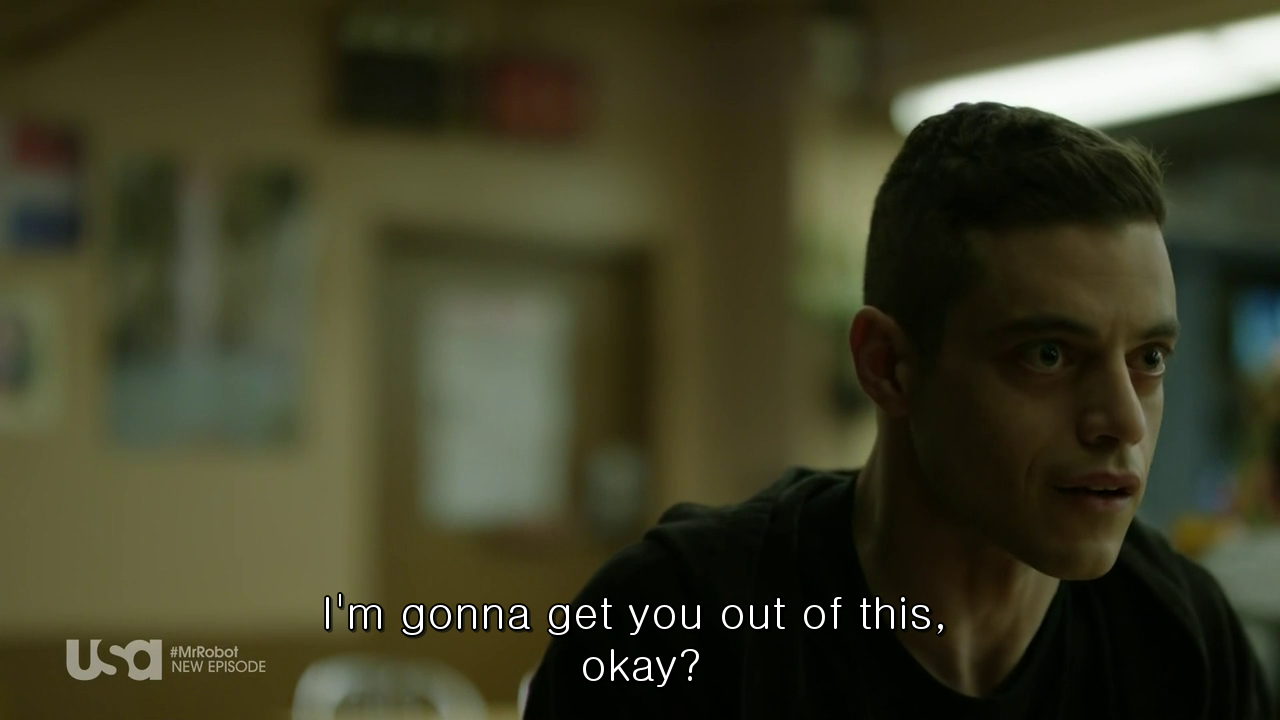Why Shot-Reverse Shot Is So Important
In an earlier post I wrote about the importance of thinking critically as you watch a film or TV series. If you are a filmmaker, it's important to analyze what you see on screen and consider why directors make certain choices, and how these choices convey information about story and character.
One of the things to look for is how a director shoots a dialogue scene, Shot/reverse shot is a trait common among every film or TV show and yet the audience can still learn a lot about tone, themes, story, and character just by observing the composition of these shots (if done well).
For starters, watch this video essay on shot/reverse shot from Every Frame a Painting:
Okay, so what other examples can we examine, and what can we learn?
First, it's easy to rely solely on a typical over-the-shoulder (OTS) shot for every dialogue scene. It's pretty standard and can be seen in every film, like this example from The Dark Knight:
When you start storyboarding your film, think strategically about how to compose your dialogue scenes. Don't rely on the over-the-shoulder look only. It certainly has its place (like orienting the viewer by establishing line-of-sight and spacial relationships) but I don't believe every dialogue scene should be shot in this manner. I think the content of the scene, along with mood, theme, subtext, and where the scene fits within the larger narrative, should dictate how you frame up dialogue scenes. Consider what we can learn about character and the story from the following examples:
CAPTAIN PHILLIPS
Greengrass loves to dirty the frame when shooting dialogue scenes. In this image from Captain Phillips he's using a longer lens, which compresses the spatial relationship between Tom Hanks' character and the Somali pirate. This makes it seem as though the two characters are in very close proximity, emphasizing the threat posed to Captain Phillips and his crew. Shooting over the pirate's shoulder emphasizes the voyeuristic feeling, as if we the audience are peering into a situation that we really don't need or want to be involved in. And since Greengrass likes to shoot handheld a lot, the added shakiness of the camera adds intensity, edge, and danger to the scene.
MR. ROBOT
Mr. Robot uses unconventional framing, often placing characters on the short side. So what does this tell us about character and story? When you see something like this, it might tell you that the character is quirky in some way; that he/she is different from the norm and doesn't follow conventional societal rules. It might also convey a sense of paranoia; the idea that there's always something lurking behind the character, or that there's something from the character's past that he/she is running from, but can't quite seem to shake.
For more on short-side framing, what it conveys, and how to do it well, check out this article. And for an analysis on the cinematography of Mr. Robot, watch the following video essay:
THE SILENCE OF THE LAMBS
In The Silence of the Lambs, director Jonathan Demme made the bold choice to center characters in the frame during dialogue scenes and have them talk almost directly into camera.
This technique has many affects:
It's very unsettling. We aren't accustomed to watching dialogue scenes play out in this manner, so it makes us feel a bit uncomfortable (Have you ever been in a conversation with someone who maintains intense eye contact the entire time? Then you know what I'm talking about), which fits perfectly with the tone of Lambs.
It places us right there in the scene with Agent Starling (Jodie Foster). This is her story; her journey. Throughout the film she's trying to prove herself as a capable agent when many look down on her because she's a woman. We're seeing things a lot through her eyes. And when we see other characters staring back at us in these dialogue scenes we feel what she feels - that she's being scrutinized, evaluated, and critiqued.
HOUSE OF CARDS
The technique of placing the camera behind the actors while they sit next to each other (on a park bench, for example) or stand next to each other (while at a bar) definitely says certain things about the characters and the story that's different from scenes where the camera is placed in front of the actors. For shows like House of Cards, this framing device communicates the idea of secrecy. The characters are closing themselves off to the camera and, therefore, to the world around them. They don't want others to see/hear what's going on. If you pay close enough attention, you will see this kind of composition in different spy and espionage films.
A director definitely has thousands of considerations to make when shooting a film and each decision has a lasting impact on the final product. In this post I've attempted to give a general overview of shot/reverse shot composition options, but I didn't even get into decisions like focal length, camera angles, and how dirty the frame should/shouldn't be when shooting over-the-shoulder. Hopefully this post has shown how much a director can convey about story and character even when shooting something seemingly as ordinary as a dialogue scene.
If you have anything you would like to add to the conversation, please do so in the Comments section.





